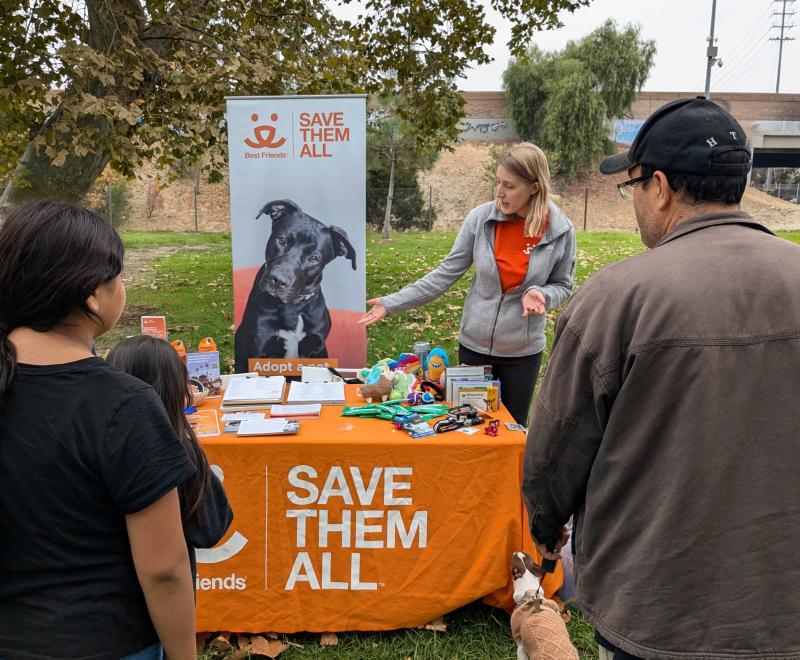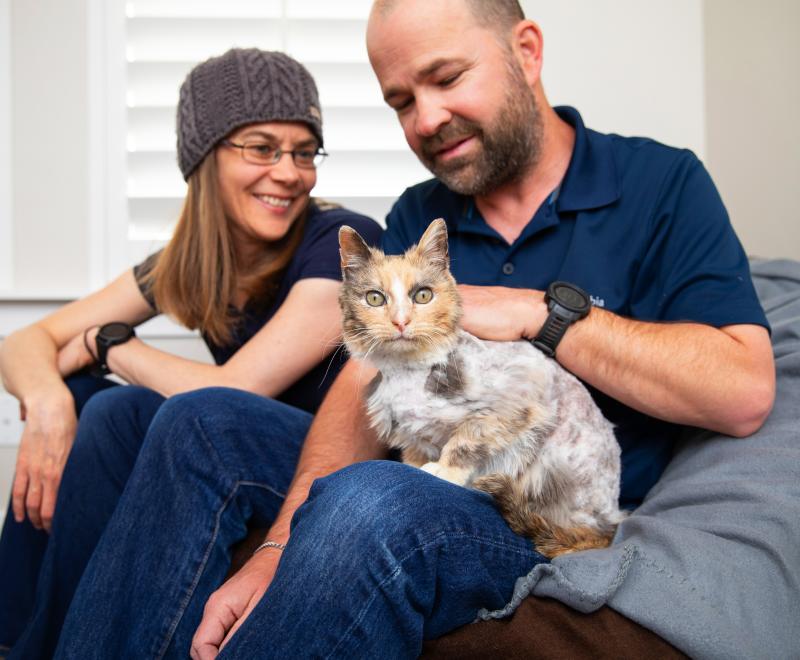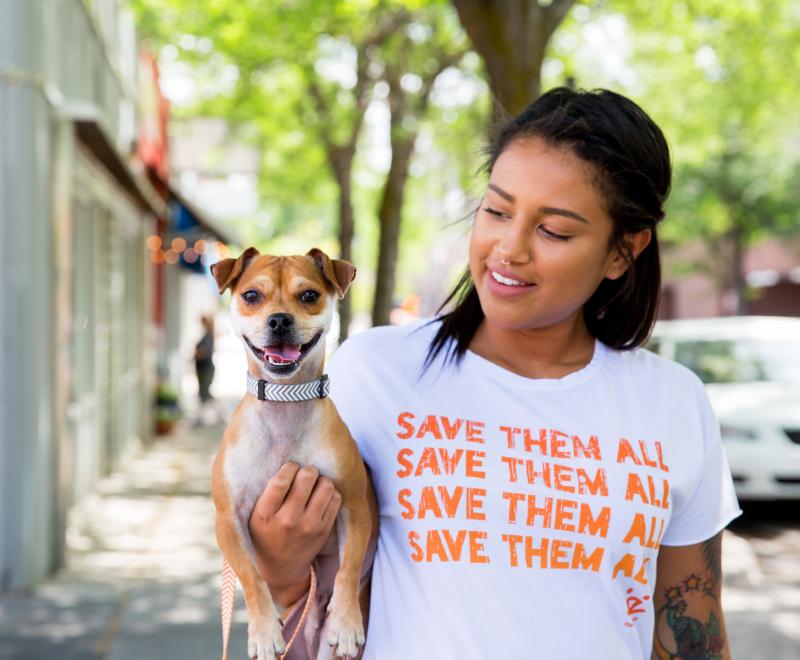Celebrating the heart of Best Friends: Volunteers

The adorable clippity-clop of tiny hooves on a leisurely stroll with a pig. Painting custom pet portraits to help find dogs and cats homes. Fostering a fuzzy cache of kittens. These are just a few of the many ways volunteers make a difference at Best Friends Animal Society. Wherever there’s a need, they step in with helping hands and big hearts.
In collaboration with Points of Light, a global nonprofit dedicated to volunteerism, Best Friends is celebrating Global Volunteer Month in April by recognizing the incredible individuals who give their time, energy, and compassion to help both animals and people. From the Sanctuary to other Best Friends locations and everywhere in between, people are pitching in to make a difference for the animals. And their work goes far beyond what you might expect.
Hands, hooves, and hearts
Volunteers at Best Friends Animal Sanctuary do more than just lend a hand — they become part of the team. In Marshall’s Piggy Paradise, they’re right there in the thick of things, helping with daily care. “They feed, clean, and socialize with the pigs and goats right alongside us and always have fantastic attitudes,” says Rosalie Wind, senior caregiver.
In Bunny House, Parrot Garden, and Wild Friends, volunteers take on an equally vital role. “They create and provide enrichment, form unique bonds with our animals, and so much more,” says Sierra Medlin, manager of the small animal department. “We are so grateful for their support, passion, and ideas that they bring.”

Making a difference in Dogtown
“In the world of animal care, I can think of no single resource more valuable than the men and women who dedicate themselves to volunteering on a regular basis,” says Jonathan Hudson, a Dogtown caregiver. "Whether we need them to walk dogs, clean runs and trails, help us work on behaviors, or even wash dishes, they’re always willing to lend their time, patience, and experience to ensure their furry friends have the best existence possible. Thank you for all you do for us and for the animals. I can say with 100% certainty: It would not be the same without you.”
Volunteering, one cup at a time
Volunteers come from all walks of life, and some even bring their co-workers along for the experience. Every few months, a team of Starbucks employees from stores across southern Utah and Nevada gathers for a day of service at the Sanctuary. “They participate in both morning and afternoon projects and take time to enjoy lunch at the village café (at the Sanctuary),” says Angie Woodberry, volunteer group experience specialist. “Almost every visit, one of the volunteers ends up adopting a pet.”
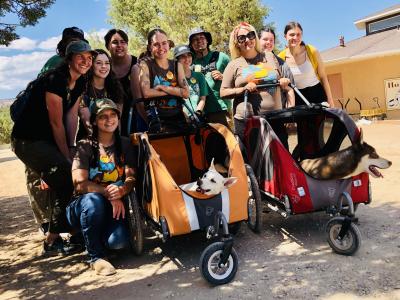
Saving lives nationwide
Beyond the Sanctuary, Best Friends volunteers are saving lives from coast to coast. At Best Friends Lifesaving Centers across the country, volunteers tackle essential daily tasks — from doing laundry and cleaning kennels to walking dogs and caring for cats. They assist veterinary staff, greet visitors, and even help match pets with families.
“Thanks to all of the help and feedback from our volunteers, we get to know our animals' personalities very well, and we are better able to match them with adopters,” says Ana Pulido, community engagement manager in Los Angeles.
Some volunteers go the extra mile — literally — by driving pets where they need to go or representing Best Friends at community events.
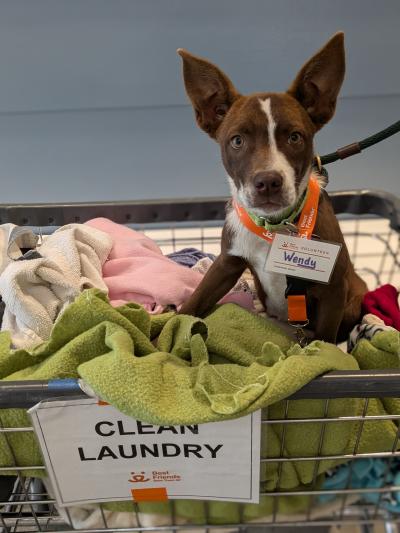
Opening their hearts and homes
Then there are the foster volunteers: people who give pets a home-between-homes until they are adopted. “Foster caregivers are absolutely invaluable in allowing us to provide compassionate care for many more animals than would fit in our center,” says Pat Theobald, community programs manager in Salt Lake City.
Whether for a few days or several months, foster caregivers provide daily care, give pets their medications as needed, shuttle pets to vet appointments, and even bottle-feed newborns. Beyond the cuddles and care, they play a critical role in getting pets adopted. By sharing photos and personality insights, they help potential adopters picture these pets in their own homes.
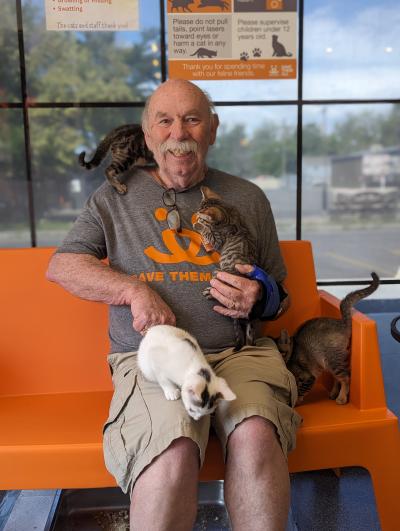
Lights, camera, adoption
Each Best Friends Lifesaving Center works with local media to spread the word about adoptable pets and community programs. In New York City, volunteers support appearances on shows like Good Morning America, TODAY, and Fox & Friends and activities like ringing the closing bell at the New York Stock Exchange. Their duties? Bringing pets and supplies from Best Friends to the location, caring for their assigned animal, and helping ensure everything goes smoothly.
“They sometimes appear on camera holding the pets, or they are standing right off camera ready to get the pets once they are done filming,” says Elissa DeNapoli, marketing specialist in New York.
Once filming wraps, volunteers pack up and bring these furry celebrities back to the center (and, if needed, help them dodge the paparazzi).
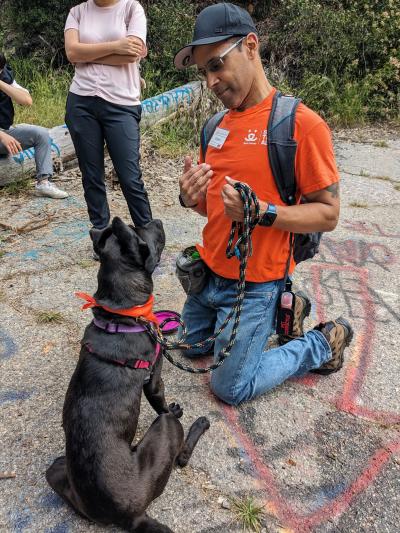
Helping from far and wide
Even if a volunteer lives nowhere near a Best Friends location, they can still play a crucial role. The National Operations Volunteers and Ambassadors (NOVA) team provides remote support through phone, email, or text. They are trained to offer behavior guidance, mentor new foster volunteers, follow up with adopters, assist with data entry, and more.
“While NOVA volunteers focus on computer-based work, their efforts create a ripple effect — freeing up lifesaving center staff to engage with visitors, connect with foster caregivers and adopters, promote adoptable animals, and focus on hands-on care,” says Erika Kuc, national operations support specialist.
Data is driving Best Friends’ goal of all shelters achieving no-kill in 2025. To that end, Best Friends has a dedicated team of remote volunteers who connect with shelters, build relationships, and collect data.
“It lets us know where animals need help and how we can best direct our resources to save the most lives,” says Kim Beck, senior national volunteer specialist, adding that some volunteers have been helping with the project since it first began several years ago.
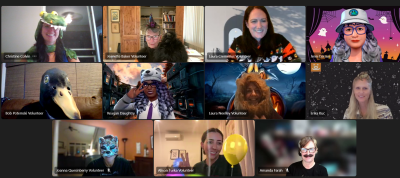
Powering national events
Pulling off large-scale events — such as the Best Friends National Conference — is no small feat. From setup and registration to helping with breakout sessions and mealtimes, volunteers are everywhere. Lead volunteers even take on additional responsibilities, training and managing their fellow volunteers to keep everything running smoothly.
“If there was something that needed to be done at the conference, you could expect to see a volunteer in an orange shirt involved,” says Sandy Golding, national volunteers specialist. “The volunteers are the smiling faces our attendees interact with and are key to people having a top-notch experience.”
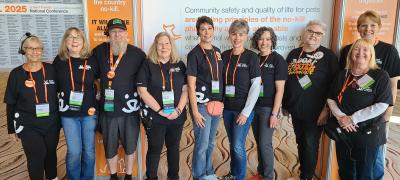
Volunteers make a lasting impact
Every single volunteer effort brings us closer to reaching no-kill as a country. But volunteers don’t just support the animals; they enable staff members to do their jobs better. “My volunteer team allows us to multiply that support exponentially,” says Amanda Farah, national training and behavior coordinator.
Volunteers also engage their own networks, sharing Best Friends’ mission and inspiring more people to get involved.
As Shalalan Washington, events and volunteers coordinator in Houston, says, “Volunteers tell others about the work Best Friends is doing and encourage them to join the movement to end the killing of dogs and cats in shelters.”
Whether it’s the satisfaction of making an event possible, tracking down key data, the gentle clippity-clop of hooves on a morning walk, the joyful swish of a paintbrush creating a pet’s portrait, or the quiet comfort of a kitten nestled in a foster home, volunteers leave their mark in so many ways. Their hands and hearts make a brighter future for countless animals. Through their kindness, they turn compassion into action — and action into lasting change.
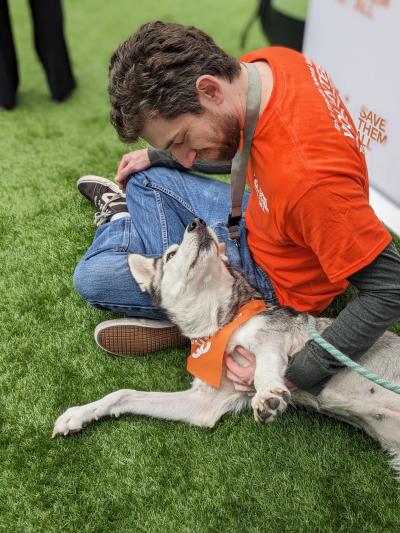
Let's make every shelter and every community no-kill in 2025
Our goal at Best Friends is to support all animal shelters in the U.S. in reaching no-kill in 2025. No-kill means saving every dog and cat in a shelter who can be saved, accounting for community safety and good quality of life for pets.
Shelter staff can’t do it alone. Saving animals in shelters is everyone’s responsibility, and it takes support and participation from the community. No-kill is possible when we work together thoughtfully, honestly, and collaboratively.
